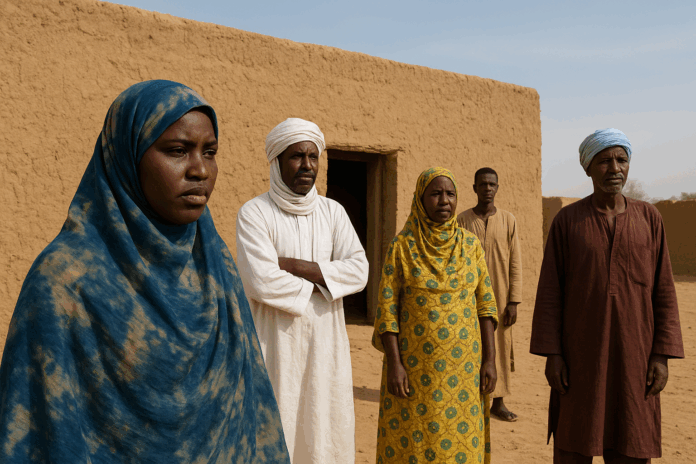Mauritania is often pictured as a land of sweeping deserts, camel caravans, and the vast Sahara. Yet beyond this image lies a hidden story—a caste system that has shaped society for centuries. Blending ethnicity, slavery, and class, Mauritania’s hierarchy is unlike South Asia’s rigid caste structures, and its legacy still lingers as the country struggles to move forward.
At its heart, Mauritania’s caste system is built on the legacy of slavery. The Haratin, often called “Black Moors,” were historically enslaved by lighter-skinned Arab-Berber groups known as Bidhan or “White Moors.” Despite abolition being declared multiple times—the most recent in 1981—Mauritania was the last country in the world to officially outlaw slavery. Even after this, deep social divisions remain, where one’s family background can quietly determine marriage options, political influence, and economic opportunity.
What makes Mauritania’s caste system particularly unique is how it intertwines with Islamic traditions and desert life. In theory, Islam rejects caste divisions, but in practice, the system endured because it was woven into daily survival.
The Bidhan traditionally held political and religious authority, while warrior tribes and marabout families guarded spiritual power. Skilled artisan groups such as blacksmiths and griots occupied lower rungs, valued for their work yet socially excluded from marrying outside their caste. The Haratin were tied to land and labor, their identities defined by servitude.
A lesser-known fact is that griots—the musicians, poets, and keepers of oral history—held a paradoxical position. They were both celebrated and marginalized, called upon to immortalize the stories of kings and warriors but discouraged from stepping outside their caste. Their songs preserved Mauritania’s history when few could write it down, yet the same society that relied on them often treated them as outcasts.
Even today, remnants of this structure appear in subtle ways. In rural villages, some families still avoid marrying into artisan or Haratin lineages, fearing the “stain” of social mixing. In politics, activists from Haratin backgrounds often face pressure or outright threats when pushing for equality. While the Mauritanian government insists the caste system is fading, human rights groups report that invisible barriers continue to hold people back.
At the same time, a new generation is challenging the old order. Haratin activists such as Biram Dah Abeid have taken the fight against slavery and caste discrimination onto the world stage, demanding accountability and reform. Musicians and poets descended from griots are reclaiming their heritage with pride, using their voices not just to entertain but to demand justice. Young Mauritanians connected through social media are questioning traditions that once seemed untouchable, pushing conversations that older generations avoided.
The story of Mauritania’s caste system is more than a relic of the past. It is a reminder of how history continues to live in the present, shaping identities, relationships, and opportunities. As Mauritania balances its desert traditions with modern demands, the struggle to dismantle these hierarchies remains one of its greatest challenges.


Appreciate it for this post, I am a big big fan of this internet site would like to proceed updated.